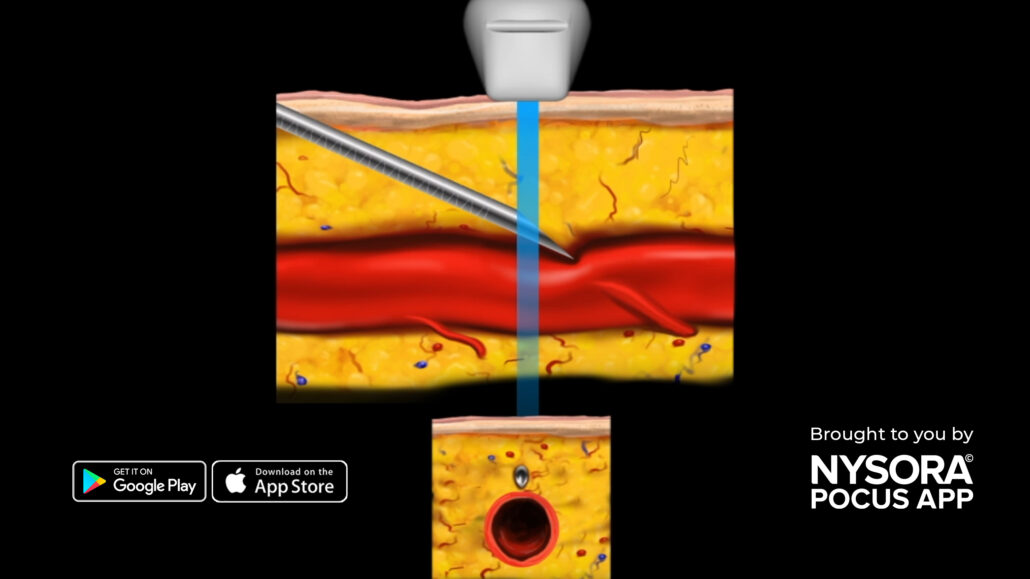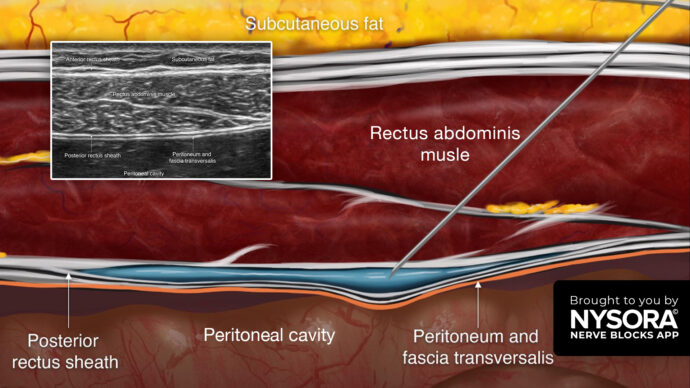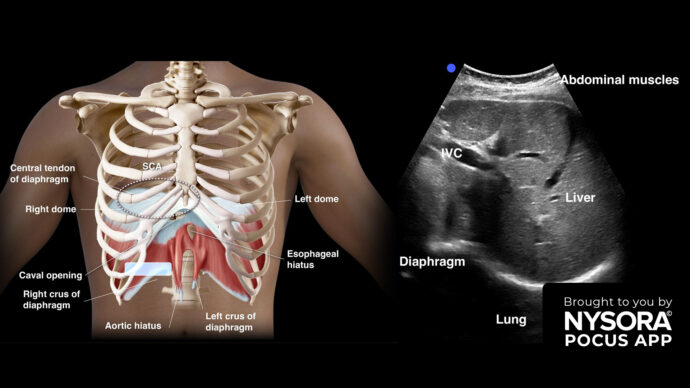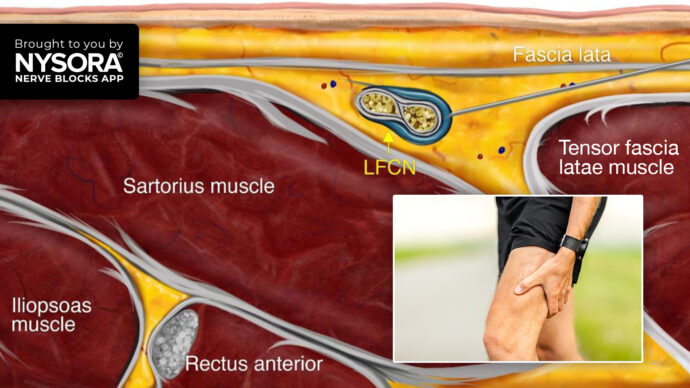
Optimizing needle visualization for out-of-plane peripheral vascular access
When conducting peripheral vascular access procedures, such as radial artery cannulation, executing the technique smoothly is crucial to reduce risks and enhance patient comfort. Proper visualization of the needle tip is essential when performing an out-of-plane technique.
Follow these tips to optimize needle visualization in an out-of-plane technique:
- Utilizing the creep technique enables improved tracking of the needle tip during out-of-plane procedures, thereby enhancing needle tip visualization and consequently increasing safety.

2. Optimizing the angle and tilting of the ultrasound transducer is essential for achieving optimal beam reflections, which in turn enhances needle visualization. When the needle is not visible, this phenomenon is referred to as anisotropy. Anisotropy occurs when it is impossible to visualize the desired structure of interest due to the loss of sound waves, resulting from decreased reflection back toward the transducer.

Employing these strategies can effectively mitigate risks, counteract anisotropy, and substantially elevate the level of patient safety and comfort throughout the procedure.
Unleash the potential of POCUS with NYSORA’s POCUS App and elevate your practice, expand your capabilities, and deliver exceptional patient care. Download HERE.


